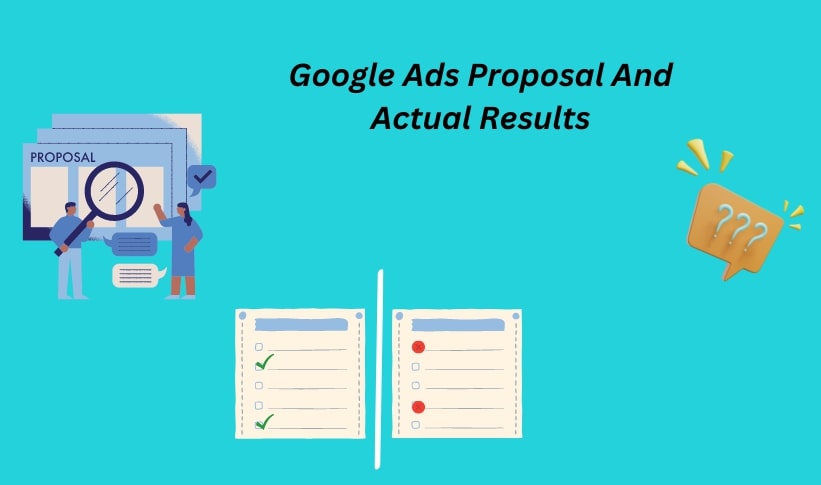A solid PPC Google Ads proposal is essential for making a positive first impression and gaining new PPC clients. But how often do your proposed data match the real marketing data?
Have you ever been puzzled as to why the actual campaign data produced different outcomes from the proposed data?
Here are some factors that produce disparity in results. Let’s go over them one by one.
# Factor 1
Deviating from the initial primary keywords and location is disastrous, as the Keyword Volume/CPC will get completely different for unique services.
Let me illustrate this with an example.
Consider that the primary keyword for one of the client’s services was “Painting”, which was then modified to “Interior Painting,” which are entirely two different terms. Undoubtedly, there will be a significant change in the actual outcomes as a result of this.
Solution:
In such cases, we can offer revised proposals that take these modifications into account. We can also include the targeting keywords and location details in future proposals for the client’s reference.
Another important consideration is to have a detailed discussion to understand the client’s business before onboarding which will save a lot of time, money, and effort and reduce friction.
# Factor 2
Insufficient time for Google algorithm to learn about audience insights. In certain cases, some campaigns will discontinue within two months of the account’s launch. The first month of the campaign will always be focused on data gathering and strategy testing, which can result in higher cost-per-action (CPA) values. Therefore, we will not be able to forecast the actual CPA values within that short period.
Solution:
In order to get the best results, it is advisable to maintain the campaigns for a minimum of three months to achieve more optimal results and six months for fully optimized results, as the CPA values are anticipated to go down after enough data has been gathered.
# Factor 3
Issues with landing pages. After launching the account, we will achieve the expected volume of clicks at the anticipated cost per click (CPC), but the conversion rate will be below expectation. This could occur as a result of poor landing pages.
Solution:
After analyzing the data acquired over a one- to two-week period, we can offer recommendations to the client for improving the loading time, elements, call to action, etc. of the landing page. As the landing page is also an important factor in the Quality Score, it is essential to educate clients on its importance.
Also, for better performance, we can suggest clients incorporate the creation of optimized landing pages prior to launching the campaigns.
# Factor 4
Quality of leads. Obtaining high-quality leads results in better marketing performance. However, there are instances, where some leads will be SPAM, junk mail, or irrelevant leads.
Solution:
To eliminate low-quality leads, we can build a cross-checking process by adding email CC to the Dedicated Account Manager. As a result, we will be able to evaluate the lead quality and make necessary adjustments to the campaign targeting based on the insights gathered. Additionally, we can analyze the purposes behind searches and turn irrelevant keywords like “job seekers” and “jobs” into negatives.
Despite the fact that we cannot avoid the leads for job applications as we advertise for the brand, someone looking for a job in the company using keywords unrelated to employment may still click the advertisement.
Final Thoughts
In some scenarios, the listed factors prevent us from achieving the proposed data in the actual campaign outcomes. In order to reduce friction, it is preferable to have a thorough discussion with a client before starting a project.













